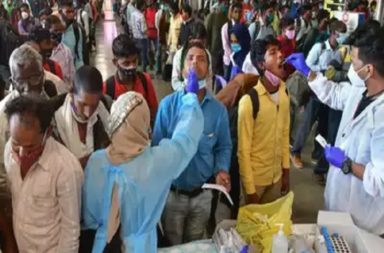The coronavirus pandemic and its fallout is likely to push 47 million women into poverty, reversing decades of progress to eradicate extreme poverty, says a new data released by the United Nations. The new analysis by the UN Women and the UN Development Programme (UNDP) said the COVID-19 crisis will dramatically increase the poverty rate for women and widen the gap between men and women who live in poverty.
During the pandemic, women have lost their jobs at a faster rate than men have, as they are more likely to be employed in the sectors hardest hit by long lockdowns such as retail, restaurants and hotels, the report said. By 2021, for every 100 men living in poverty between ages 25 and 34 years globally on $1.9 (Rs 139.38) a day, there will be 121 poor women by 2030, said the report. This number was earlier projected to be 118 women for every 100 men by 2021.
Data summarized in the report, From Insights to Action: Gender Equality in the wake of COVID-19, also shows that COVID-19 will push 96 million into extreme poverty by 2021 – 47 millions of whom are women and girls. This will increase the total number of people living in extreme poverty to 435 million, with projections indicating that this number will not revert to pre-pandemic levels until 2030.
“The increases in women’s extreme poverty are a stark indictment of deep flaws in the ways we have constructed our societies and economies,” UN Women Executive Director Phumzile Mlambo-Ngcuka said. “We know that women take most of the responsibility for caring for the family; they earn less, save less and hold much less secure jobs – in fact, overall, women’s employment is 19 per cent more at risk than men’s,” UN Women Executive Director Phumzile Mlambo-Ngcuka added.
According to UNDP Administrator Achim Steiner, more than 100 million women and girls could be lifted out of poverty if governments improve access to education and family planning, fair and equal wages, and expand social transfers.





